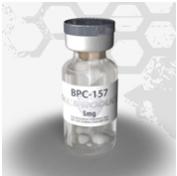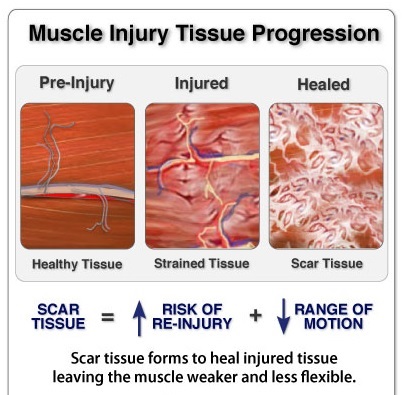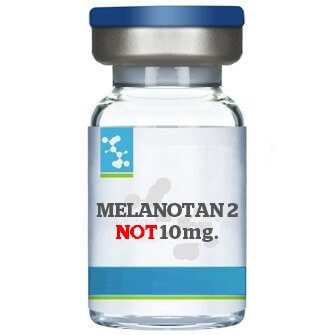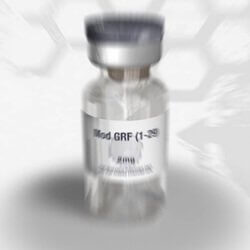Bodybuilding Guide - Section 3 - IGF-1 DES/LR3
Bodybuilding Guide - Section 3 - IGF-1 DES/LR3
by , 14th September 2015 at 09:04 PM (7848 Views)
 This is the third entry in a large guide, to see the first post, please click here.
This is the third entry in a large guide, to see the first post, please click here.
Insulin-like Growth Factor Guide
When we talk about IGF, there are two main analogues we mean – DES, and LR3.
While there are others, they are less important than these – or will be covered in the MGF article to follow next week.
IGF is actually a naturally occurring endocrine hormone produced in the liver, and is released into the body in response to GH levels. IGF has the advantage of not having to be released from the liver to begin working, as you’re injecting it directly.
This doesn’t mean that you can’t use IGF and GH (or GHR(P/H)) in combination, however; as doing so will allow them to act synergistically.
IGF is different to most peptides we talk about, in that it is a polypeptide, meaning rather than one single chain of amino acids, it consists of multiple. This means manufacture is more expensive both in materials and process, and this is reflected in the price.
Because of this, IGF is aimed at intermediate to advanced body builders, with a larger budget – however, it is still considerably cheaper than many.
It’s called Insulin-like due to the fact it shares many molecular properties with insulin.
The main method of affect is muscle growth and repair, however it is also responsible for bone growth, mainly in children.
Synthesis Information
Both IGF peptides are derived from IGF-1, the naturally occurring hormone. However, due to the fact that the base hormone is relatively weak, and has a short half-life, it wasn’t really suitable for medical use.
The original hormone was 70 amino acids long, in a single chain with three intramolecular disulphide bridges.
IGF-1 DES was modified from the base IGF-1 peptide, by removing 3 of the amino acids (reducing to 67), this significantly reduces the binding and enhanced the potency 10fold.
IGF-1 LR3 was also modified from the base peptide by replacing the glutamic acid at position 3 with arginine (R) – hence the R3.
The L stands for long, as an additional 13 amino acids were added, again reducing binding, while improving metabolic stability. This increases the half-life to 20-30 hours, and also increasing the potency 3fold.
Effects
As above, IGF helps with increasing muscle mass, it does this by inducing hyperplasia – which means increasing the rate of reproduction of cells, allowing tissue to enlarge.
Nerve tissue regeneration and the anti-ageing effects also work in the same manner.
While still under debate, many anecdotal trials have shown IGF also allows for increased fat loss via regulated lipolysis – however the science does not support this.
Both in vitro and in vivo, it has been show to not possess lipolytic properties due to the lack of IGF-1 receptors in adipocytes, and the reported fat loss is more likely due to the additional metabolism of proteins and carbohydrates – as well as stopping glucose from entering the cells, causing fat to be used for energy.
Side effects
Relatively few side effects are reported for IGF – with high doses causing hypoglycaemia, a deficiency of glucose in the blood. This effect isn’t close to what insulin causes, though.
The most important side effect to mention is also the reason people use the peptide – hyperplasia.
There has been several studies on the effect of IGF on cancer patients. Due to the increased reproduction of cells, cancerous cells are also included, allowing tumours to grow at increased rates.
This doesn’t mean IGF causes cancer – but it does accelerate existing cancerous growths.
Dosage information
IGF should be reconstituted with Acetic Acid 0.6%, bacteriostatic water will work, however it isn’t as stable.
Dilution with bacteriostatic water after the AA is preferred by many.
DES
IGF DES is dosed at 25mcg daily, or twice daily before training. Localised IM injections are required in the muscle group you are working on due to the short half-life.
LR3
IGF LR3 is generally dosed at 25mcg daily post workout. Many prefer IM injections, however subcutaneous injections are generally better as the peptide will go systemic.
Cycles should last between 4 weeks and 40 days, depending on dosage and budget.
Increasing dosage
IGF doses can be increased, up to around 100-150mcg daily – however it is not advised.
The most important factor is exponential desensitizing after 80mcg, meaning the more you inject after this point the less additional benefit you receive.
The second factor is cost, as most vials are either 1mg or 2mg, they will be used quickly.
If you have room in the budget to do so, then increasing to 50-100mcg may be viable, but there may also be other peptides you can use in addition.
- Categories
- Uncategorized




 Rate this Article
Rate this Article
 Email Blog Entry
Email Blog Entry







